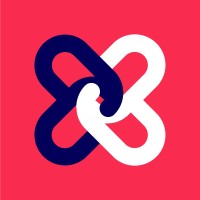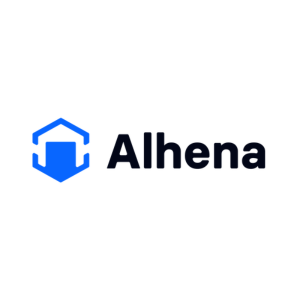
AI-powered platform that personalizes eCommerce deals and offers in real-time to boost conversions and average order value.

Supercharge your online store with AI-powered search, merchandising, and personalization

Personalize every customer journey and boost sales with effortless, no-code marketing automation for your online store.

Unlock limitless product customization and boost sales with easy, flexible options for every shopper.

Break language barriers and boost global sales with this Shopify translation and currency solution.

Generative AI-powered product discovery, search, personalization, and experience platform for eCommerce brands

Deliver smarter customer support, personalized shopping and generate revenue with AI-powered assistants.

Unlock superior digital experiences with cutting-edge tools for personalized customer journeys and data-driven optimization.
What is a personalization Tool?
Personalization is the next step after segmentation - diving your audience into groups and catering messages to those group. For example, men and women might receive different messages. Personalization takes this to the next level by catering to a users unique profile, typically a mix of their behaviorial data, on-site data, demographic data, and possibly even psychographic data. By taking the user into account, you can have an algorithm display the product or text most likely to convert.
Why use Personalization software?
Personalization apps are for bringing the user closer to their desired outcome, in an automated way. They increase conversion rate and average order value.
When should you invest in Personalization software?
Personalization tools work best as your store scales - the more customers and data you have, the more effective many of these tools become. They also work better when you have a large SKU count, typically because the product recommendation engine becomes very valuable at this point.
Who in your team is managing Personalization software?
Personalization tools should be managed by your marketing team in conjunction with either a head of eCommerce or merchandiser - because this person may need to feed specific rules to the app for guiding user behavior to let's say, products about to go out of stock, or thelike.
What are the most important features to consider when buying Personalization software?
You want a tool that loads quickly, typically they load asynchronously so they don't affect SEO, but the quicker it displays the information, the better, and this is now just par for the course. You want to know how many data points it is tracking on users and the "robustness"of the companies "AI." You want to know where the personalization can take place - on-site, in emails, texts, etc. And you want to be able to track and prove an ROI from the tool - typically by split testing and seeing increase in conversion rate and average order value.





